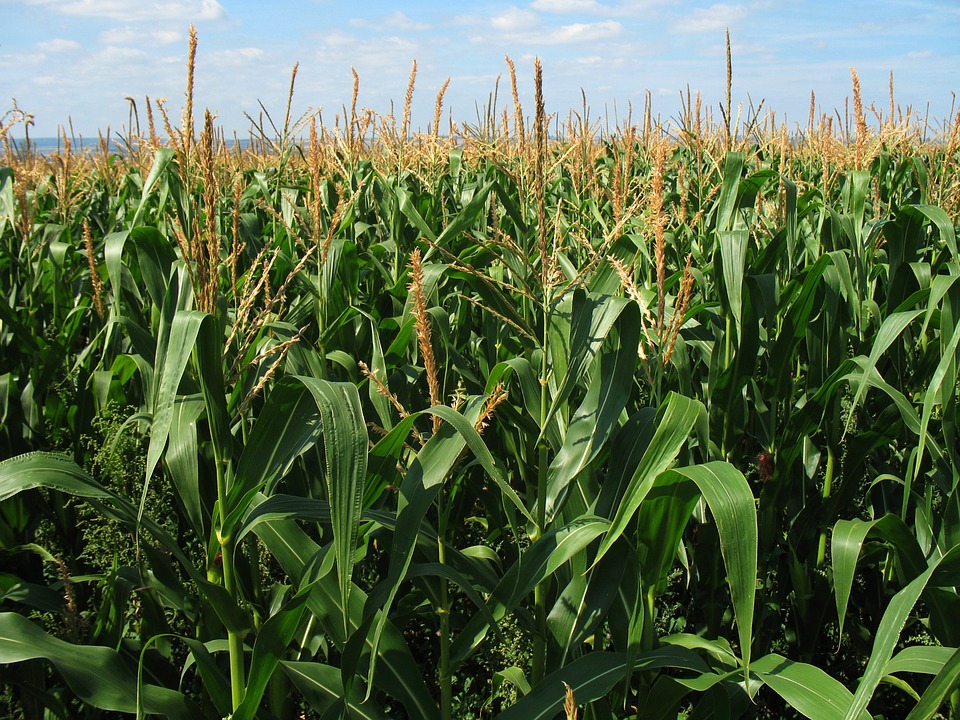Kharif is the agricultural crop related words that have come with the Mughals in the Indian subcontinent (India, Pakistan, Sri Lanka, and Nepal) and are widely used ever-since.
“Kharif” means autumn in Arabic. Kharif crops are usually sown with the beginning of the first rains in July, during the monsoon season. The main monsoon season in India runs from June to September.
These crops are totally dependent on the quantity of rain water as well as on its timing. Too much, too little or at wrong time may lay waste the whole year’s efforts.
The harvesting begins with Diwali days or slightly earlier during Vijayadashmi days.
Some Kharif crops include Bajra and Jowar (millets), Paddy or Rice, Maize (corn), Moong (green bean), Groundnut, Cotton, Soyabean, Sugarcane, Linseed (flax) and Turmeric.
What is Minimum Support Price?
Minimum Support Price (MSP) is the lowest price that is guaranteed by the government to the farmers. This ensures that farmers do not make losses on their crop.
Minimum Support Price is usually calculated on the basis of Cost of Production. This is an estimated cost by the government. It includes all paid out costs such as those incurred on account of hired human labour, bullock labour/machine labour, rent paid for leased in land, expenses incurred on use of material inputs like seeds, fertilizers, manures, irrigations charges, depreciation on implements and farm buildings, interest on working capital, diesel/electricity for operation of pump sets etc., misc. expenses and imputed value of family labour.
On top of this, some profit margin is announced as the Minimum Support Price. Though it is not written in the rules, as a practice, at least 50% profit margin is assured to farmers through MSP.

